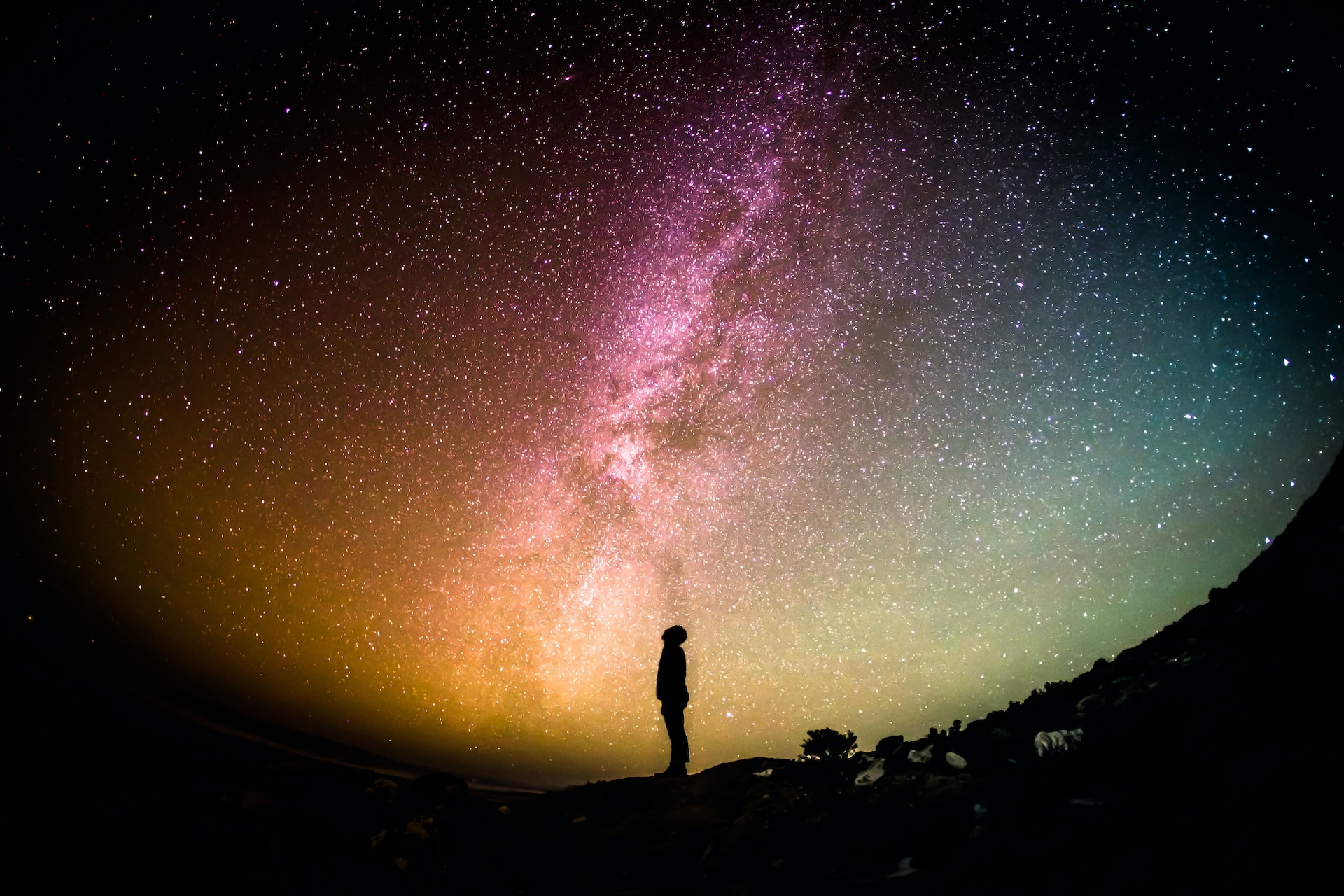Why Our Universe Is Much Bigger Than You Thought

Next time you are tempted to believe that your accomplishments are the most important, picture this: we all live on a planet located somewhere at the edge of our Milky Way galaxy. Astronomers estimate that there are between 100 billion and 200 billion stars in our galaxy alone. Most of them are expected to have planets revolving around them, similar to how the Earth does around the Sun. Humanity has never been able to lay foot even on the closest planet to our own. Therefore, the million-dollar question is this: what are the odds for your accomplishments to be as important as you like to believe at a galactic scale?
To raise the stakes even more, we have to realize that the Universe is teeming with galaxies. It’s estimated that there are trillions of galaxies out there in the vastness of space, and each of them has numerous stars. You got the idea: the Universe is much bigger than any of us could ever imagine. But even so, scientists were able to make some calculations and measurements of what they could reach, see, and detect with highly advanced gears. They were able to at least try to answer one of the most burning questions in astronomy: how big is the Universe?
The observable Universe measures 93 billion light-years in diameter
Scientists were able to tell that the observable Universe measures 93 billion light-years in diameter. They have been using a combination of factors and theoretical models to come to this outcome. They’ve studied the cosmic microwave background radiation, which is the “echo” of the Big Bang itself. They’ve analyzed the redshift of galaxies resulting from the everlasting expansion of the Universe. They also took into account the Hubble Constant, which refers to the speed of our Universe’s expansion.
The entire process of determining the size of our observable Universe has been a gradual and also cumulative collective effort that spans many decades. But just as the term “observable Universe” suggests, we’re not talking about the entire Universe here, meaning the totality of our physical reality. In other words, if 93 billion light-years in diameter have made you dizzy, get a load of this: the entire Universe is likely much larger than that.
The whole Universe might be a million times larger than the ‘observable Universe’
What astronomers call the ‘observable Universe’ refers just to that part of the Universe that they are able to study and observe. In other words, regardless of how highly advanced our technology may be, we can’t study beyond the observable Universe simply because the light didn’t have enough time to reach us from the farthest parts of the ‘true Universe’ during the 13.7 billion years that passed after the Big Bang. Nature is simply refusing to tell us the true answer of how big our physical reality really is.
But the good news is that we can still make estimations. Cristian Presura, a Romanian physicist from the Phillips company, who is known for inventing a smartwatch capable of measuring a person’s pulse, says that the entire Universe might even be a million times larger than just the observable Universe. He even adds that the scientific community is almost certain that there is such a thing out there as a Multiverse, meaning many more universes besides our own. If that’s true, trying to tell the diameter of such a Multiverse is practically impossible, but we can realistically hope that our descendants will do their best to find an answer. What’s for sure is that such an insane number can only be written with powers.
0 comments